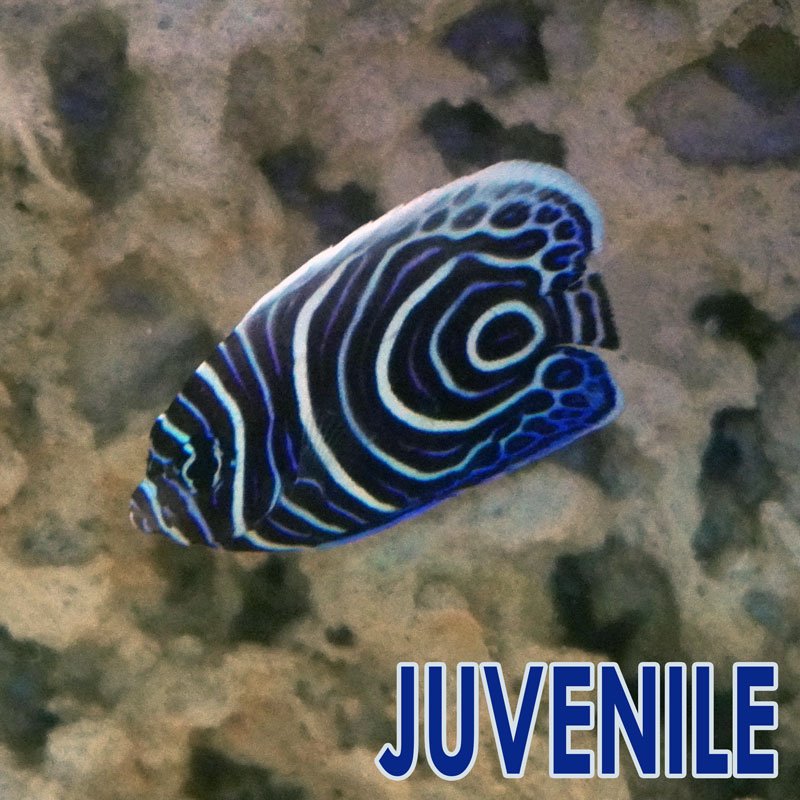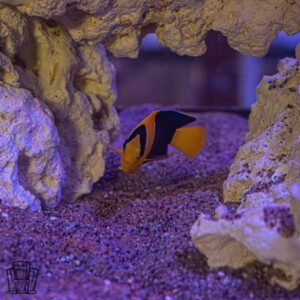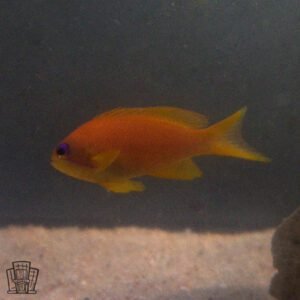Description
- Scientific Name: Pomacanthus imperator
- Common Names: Emperor Angelfish, Imperial Angelfish
- Maximum Length: 15 inches (38 cm)
- Minimum Aquarium Size: 125 gallons (473 liters) for juveniles; 220 gallons (832 liters) or larger for adults. Their large size and active swimming require substantial space.
- Foods and Feeding Habits: Omnivorous, consuming sponges, algae, tunicates, and small invertebrates in the wild. In aquariums, provide sponge-based formulas, algae sheets with spirulina, and frozen foods like mysis shrimp or brine shrimp. Feed small amounts 2-3 times daily. Juveniles adapt more easily to prepared foods.
- Reef Safety: Not reef-safe; they often nip at sessile invertebrates, sponges, and large-polyp corals. Best for fish-only setups or carefully monitored tanks with robust corals.
- Temperament: Semi-aggressive and territorial, especially toward other angelfish. Introduce as one of the last additions and pair with hardy, dissimilar tankmates like tangs or triggers.
- Description: The Emperor Angelfish is a showpiece with its bold patterns. Adults display horizontal blue and yellow stripes on the body, a blue face with a yellow mask around the eyes, and a yellow tail. Juveniles have a dark blue body with white concentric circles that transform dramatically as they grow. Native to Indo-Pacific reefs from the Red Sea to the Tuamotu Islands, they prefer coral-rich areas with caves at 1-80 meters depth. Stable water parameters (temperature 24-28°C, pH 8.1-8.4, specific gravity 1.020-1.025) and good oxygenation are crucial. Their size and dietary needs suit experienced aquarists, but their vibrant colors make them a captivating addition.
Fun Facts:
- Emperor Angelfish undergo a stunning color change from juvenile concentric circles to adult stripes, one of the most dramatic transformations in marine fish. 8
- They can live over 20 years in captivity, making them a long-term commitment for dedicated hobbyists. 3
- As protogynous hermaphrodites, females can change to males if the dominant male in their group disappears, ensuring reproductive success.





